Bacterias Productoras de Biopeliculas Aisladas de Lesiones Cariosas en Pacientes que Asisten a Consulta Odontológica en un Hospital al Sur de México
Resumen
El proceso carioso inicia con un cambio de microorganismos en la biopelícula supragingival, formándose una biopelícula polimicrobiana en la superficie del diente, siendo de importancia la búsqueda de bacterias con potencial cariogenico capaz de producir biopelícula. El objetivo fue aislar bacterias Gram positivas de lesiones cariosas y determinar la producción de biopeliculas por estos microorganismos. Los pacientes fueron sensibilizados, se firmó un consentimiento informado, el grado de las lesiones cariosas fue determinado de acuerdo con Mount y Hume. La muestra fue tomada por la técnica de aislamiento absoluto. Estas fueron sembradas en agar sangre con CO2 a 37°C durante 24 h. Para la identificación bacteriana fueron utilizadas pruebas bioquímicas y la producción de biopelícula fue determinada por tinción de cristal violeta. La lesión cariosa más prevalente fue de tipo II (35/80), seguido del tipo III (32/80) y por último el tipo I (13/80). El género bacteriano más frecuente fue Streptococcus, siendo la especie bacteriana más frecuente S. mitis en grado de caries I y III, mientras S. oralis en tipo II. Solo las cepas del género Streptococcus fueron capaces de producir biopelícula, donde el 90% y 83.7% de cepas de S. mitis y S. oralis respectivamente fueron productoras de biopeliculas.
Descargas
Citas
Aas, J. A., Griffen, A. L., Dardis, S. R., Lee, A. M., Olsen, I., Dewhirst, F. E., Leys, E. J., & Paster, B. J. (2008). Bacteria of Dental Caries in Primary and Permanent Teeth in Children and Young Adults. Journal of Clinical Microbiology, 46(4), 1407–1417. https://doi.org/10.1128/JCM.01410-07
Aas, J. A., Paster, B. J., Stokes, L. N., Olsen, I., & Dewhirst, F. E. (2005). Defining the Normal Bacterial Flora of the Oral Cavity. Journal of Clinical Microbiology, 43(11), 5721–5732. https://doi.org/10.1128/JCM.43.11.5721-5732.2005
American Academy of pediatric dentistry, Aa. (2016). Policy on Early Childhood Caries (ECC): Classifications, Consequences, and Preventive Strategies. Pediatric Dentistry, 38(6), 52–54.
Benjamin, R. M. (2010). Oral Health: The Silent Epidemic. Public Health Reports, 125(2), 158–159. https://doi.org/10.1177/003335491012500202
Crielaard, W., Zaura, E., Schuller, A. A., Huse, S. M., Montijn, R. C., & Keijser, B. J. (2011). Exploring the oral microbiota of children at various developmental stages of their dentition in the relation to their oral health. BMC Medical Genomics, 4(1), 22. https://doi.org/10.1186/1755-8794-4-22
David, L. A., Materna, A. C., Friedman, J., Campos-Baptista, M. I., Blackburn, M. C., Perrotta, A., Erdman, S. E., & Alm, E. J. (2014). Host lifestyle affects human microbiota on daily timescales. Genome Biology, 15(7), R89. https://doi.org/10.1186/gb-2014-15-7-r89
Dewhirst, F. E., Chen, T., Izard, J., Paster, B. J., Tanner, A. C. R., Yu, W.-H., Lakshmanan, A., & Wade, W. G. (2010). The Human Oral Microbiome. Journal of Bacteriology, 192(19), 5002–5017. https://doi.org/10.1128/JB.00542-10
Douglass, J. M., Tinanoff, N., Tang, J. M., & Altman, D. S. (2001). Dental caries patterns and oral health behaviors in Arizona infants and toddlers. Community Dentistry and Oral Epidemiology, 29(1), 14–22.
Facklam, R. (2002). What happened to the streptococci: Overview of taxonomic and nomenclature changes. Clinical Microbiology Reviews, 15(4), 613–630. https://doi.org/10.1128/cmr.15.4.613-630.2002
Fejerskov, O., Nyvad, B., & Kidd, E. A. M. (Eds.). (2015). Dental caries: The disease and its clinical management (Third edition). John Wiley & Sons Inc.
He, X., & Shi, W. (2009). Oral Microbiology: Past, Present and Future. International Journal of Oral Science, 1(2), 47–58. https://doi.org/10.4248/ijos.09029
Kanasi, E., Dewhirst, F. E., Chalmers, N. I., Kent, Jr., R., Moore, A., Hughes, C. V., Pradhan, N., Loo, C. Y., & Tanner, A. C. R. (2010). Clonal Analysis of the Microbiota of Severe Early Childhood Caries. Caries Research, 44(5), 485–497. https://doi.org/10.1159/000320158
Klein, M. I., Hwang, G., Santos, P. H. S., Campanella, O. H., & Koo, H. (2015). Streptococcus mutans-derived extracellular matrix in cariogenic oral biofilms. Frontiers in Cellular and Infection Microbiology, 5. https://doi.org/10.3389/fcimb.2015.00010
Klinke, T., Guggenheim, B., Klimm, W., & Thurnheer, T. (2011). Dental caries in rats associated with Candida albicans. Caries Research, 45(2), 100–106. https://doi.org/10.1159/000324809
Kreth, J., Merritt, J., & Qi, F. (2009). Bacterial and host interactions of oral streptococci. DNA and Cell Biology, 28(8), 397–403. https://doi.org/10.1089/dna.2009.0868
Kuramitsu, H. K., He, X., Lux, R., Anderson, M. H., & Shi, W. (2007). Interspecies Interactions within Oral Microbial Communities. Microbiology and Molecular Biology Reviews, 71(4), 653–670. https://doi.org/10.1128/MMBR.00024-07
Ma, C., Chen, F., Zhang, Y., Sun, X., Tong, P., Si, Y., & Zheng, S. (2015). Comparison of Oral Microbial Profiles between Children with Severe Early Childhood Caries and Caries-Free Children Using the Human Oral Microbe Identification Microarray. PLOS ONE, 10(3), e0122075. Gutiérrez Vargas, L. (2023). Impacto positivo del COVID-19 en el ámbito educativo: Desarrollo de competencias digitales y oportunidades en la educación remota. Estudios Y Perspectivas Revista Científica Y Académica , 3(2), 82–112. https://doi.org/10.61384/r.c.a.v3i2.35
Sánchez Madriz, L. J., Soto Benavides, D. C., Palma González, L. D., Camacho Arias, N. P., & Shion Pérez, J. F. (2024). Protocolos de Transfusión Masiva: Una Revisión Actualizada. Revista Científica De Salud Y Desarrollo Humano, 5(2), 410–421. https://doi.org/10.61368/r.s.d.h.v5i2.140
Baron , A., Arias Pavón , A. N., & Ozuna Careaga, A. V. (2024). Inteligencia Emocional en Adolescentes de la Aldea de Niños “SOS”. Emergentes - Revista Científica, 3(2), 88–106. https://doi.org/10.60112/erc.v3i2.64
Morales Fretes, F. R., & Ramírez Davalos, Y. G. (2023). Experiencia vivida por pacientes en diálisis peritoneal domiciliaria: Estudios de casos en la ciudad Pilar, Paraguay. Revista Veritas De Difusão Científica, 4(2), 37–54. https://doi.org/10.61616/rvdc.v4i2.45
Fernández C., F. (2024). Determinación De Erodabilidad En Áreas De Influencia Cuenca Poopo Región Andina De Bolivia. Horizonte Académico, 4(4), 63–78. Recuperado a partir de https://horizonteacademico.org/index.php/horizonte/article/view/19
Medina Nolasco, E. K., Mendoza Buleje, E. R., Vilca Apaza, G. R., Mamani Fernández, N. N., & Alfaro Campos, K. (2024). Tamizaje de cáncer de cuello uterino en mujeres de una región Andina del Perú. Arandu UTIC, 11(1), 50–63. https://doi.org/10.69639/arandu.v11i1.177
Da Silva Santos, Felipe y Renata López Vargas. "Efecto del estrés sobre la función inmune en pacientes con enfermedades autoinmunes: una revisión de estudios latinoamericanos".
https://doi.org/10.1371/journal.pone.0122075
Mantzourani, M., Gilbert, S. C., Sulong, H. N. H., Sheehy, E. C., Tank, S., Fenlon, M., & Beighton, D. (2009). The Isolation of Bifidobacteria from Occlusal Carious Lesions in Children and Adults. Caries Research, 43(4), 308–313. https://doi.org/10.1159/000222659
Marsh, P. D. (2003). Are dental diseases examples of ecological catastrophes? Microbiology, 149(2), 279–294. https://doi.org/10.1099/mic.0.26082-0
Marsh, P. D. (2005). Dental plaque: Biological significance of a biofilm and community life-style. Journal of Clinical Periodontology, 32 Suppl 6, 7–15. https://doi.org/10.1111/j.1600-051X.2005.00790.x
Marsh, P.D. (1994). Microbial Ecology of Dental Plaque and its Significance in Health and Disease. Advances in Dental Research, 8(2), 263–271. https://doi.org/10.1177/08959374940080022001
Marsh, Philip D. (2006). Dental plaque as a biofilm and a microbial community – implications for health and disease. BMC Oral Health, 6(S1), S14. https://doi.org/10.1186/1472-6831-6-S1-S14
Marsh, Philip D. (2010). Microbiology of Dental Plaque Biofilms and Their Role in Oral Health and Caries. Dental Clinics of North America, 54(3), 441–454. https://doi.org/10.1016/j.cden.2010.03.002
Mason, M. R., Nagaraja, H. N., Camerlengo, T., Joshi, V., & Kumar, P. S. (2013). Deep Sequencing Identifies Ethnicity-Specific Bacterial Signatures in the Oral Microbiome. PLoS ONE, 8(10), e77287. https://doi.org/10.1371/journal.pone.0077287
Mount, G. J., Hume, W. R., Ngo, H., & Wolff, M. S. (Eds.). (2016). Preservation and restoration of tooth structure (Third edition). Wiley Blackwell.
Nasidze, I., Li, J., Schroeder, R., Creasey, J. L., Li, M., & Stoneking, M. (2011). High Diversity of the Saliva Microbiome in Batwa Pygmies. PLoS ONE, 6(8), e23352. https://doi.org/10.1371/journal.pone.0023352
Palmer Jr, R. J. (2014). Composition and development of oral bacterial communities: Oral bacterial communities. Periodontology 2000, 64(1), 20–39. https://doi.org/10.1111/j.1600-0757.2012.00453.x
Petersen, F. C., Assev, S., van der Mei, H. C., Busscher, H. J., & Scheie, A. A. (2002). Functional Variation of the Antigen I/II Surface Protein in Streptococcus mutans and Streptococcus intermedius. Infection and Immunity, 70(1), 249–256. https://doi.org/10.1128/IAI.70.1.249-256.2002
Petersen, P. E., Bourgeois, D., Ogawa, H., Estupinan-Day, S., & Ndiaye, C. (2005). The global burden of oral diseases and risks to oral health. Bulletin of the World Health Organization, 83(9), 661–669. https://doi.org//S0042-96862005000900011
Rosenblatt, A., & Zarzar, P. (2004). Breast-feeding and early childhood caries: An assessment among Brazilian infants. International Journal of Paediatric Dentistry, 14(6), 439–445. https://doi.org/10.1111/j.1365-263X.2004.00569.x
Ruoff, K. L. (1991). Nutritionally variant streptococci. Clinical Microbiology Reviews, 4(2), 184–190. https://doi.org/10.1128/CMR.4.2.184
Seow, W. K., Amaratunge, A., Sim, R., & Wan, A. (1999). Prevalence of caries in urban Australian aborigines aged 1-3.5 years. Pediatric Dentistry, 21(2), 91–96.
Struzycka, I. (2014). The oral microbiome in dental caries. Polish Journal of Microbiology, 63(2), 127–135.
Takahashi, N., & Nyvad, B. (2011). The Role of Bacteria in the Caries Process: Ecological Perspectives. Journal of Dental Research, 90(3), 294–303. https://doi.org/10.1177/0022034510379602
Tanner, A. C. R., Kent, R. L., Holgerson, P. L., Hughes, C. V., Loo, C. Y., Kanasi, E., Chalmers, N. I., & Johansson, I. (2011). Microbiota of Severe Early Childhood Caries before and after Therapy. Journal of Dental Research, 90(11), 1298–1305. https://doi.org/10.1177/0022034511421201
Tao, D., Li, F., Feng, X., Wong, M. C. M., & Lu, H. (2018). Plaque biofilm microbial diversity in infants aged 12 months and their mothers with or without dental caries: A pilot study. BMC Oral Health, 18(1), 228. https://doi.org/10.1186/s12903-018-0699-8
Vachirarojpisan, T., Shinada, K., Kawaguchi, Y., Laungwechakan, P., Somkote, T., & Detsomboonrat, P. (2004). Early childhood caries in children aged 6-19 months. Community Dentistry and Oral Epidemiology, 32(2), 133–142. https://doi.org/10.1111/j.0301-5661.2004.00145.x
Wang, B.-Y., & Kuramitsu, H. K. (2005). Interactions between oral bacteria: Inhibition of Streptococcus mutans bacteriocin production by Streptococcus gordonii. Applied and Environmental Microbiology, 71(1), 354–362. https://doi.org/10.1128/AEM.71.1.354-362.2005
Xu, H., Hao, W., Zhou, Q., Wang, W., Xia, Z., Liu, C., Chen, X., Qin, M., & Chen, F. (2014). Plaque Bacterial Microbiome Diversity in Children Younger than 30 Months with or without Caries Prior to Eruption of Second Primary Molars. PLoS ONE, 9(2), e89269. https://doi.org/10.1371/journal.pone.0089269
Zijnge, V., van Leeuwen, M. B. M., Degener, J. E., Abbas, F., Thurnheer, T., Gmür, R., & Harmsen, H. J. M. (2010). Oral biofilm architecture on natural teeth. PloS One, 5(2), e9321. https://doi.org/10.1371/journal.pone.0009321
Derechos de autor 2024 María Cristina Santiago Dionisio , Arturo Ramírez Peralta , Francisco Eulises Morales Gonzalez, Gloria Gonzales Herrera, Elvia Rodríguez Bataz, Roberto Adame Gómez

Esta obra está bajo licencia internacional Creative Commons Reconocimiento 4.0.

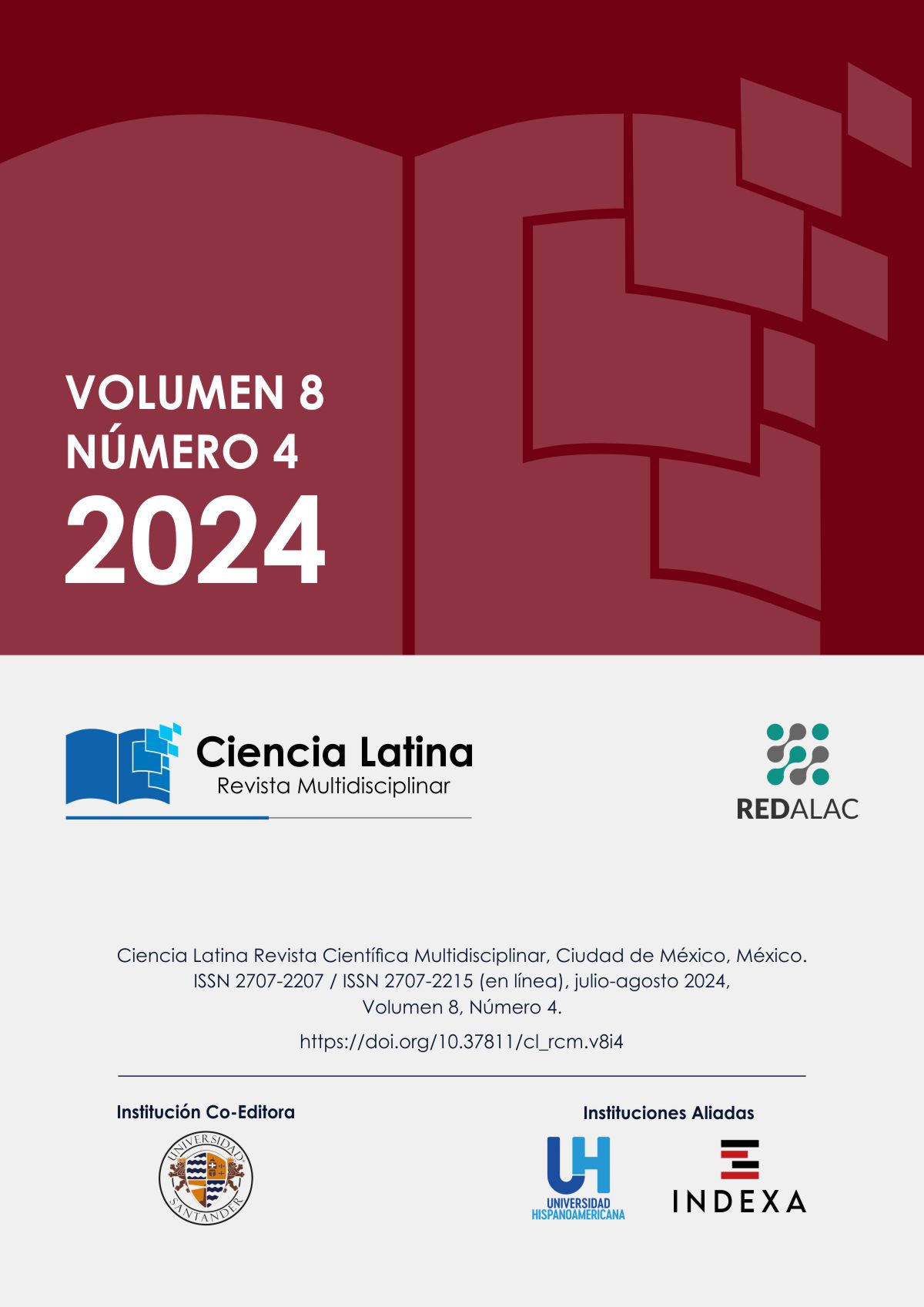









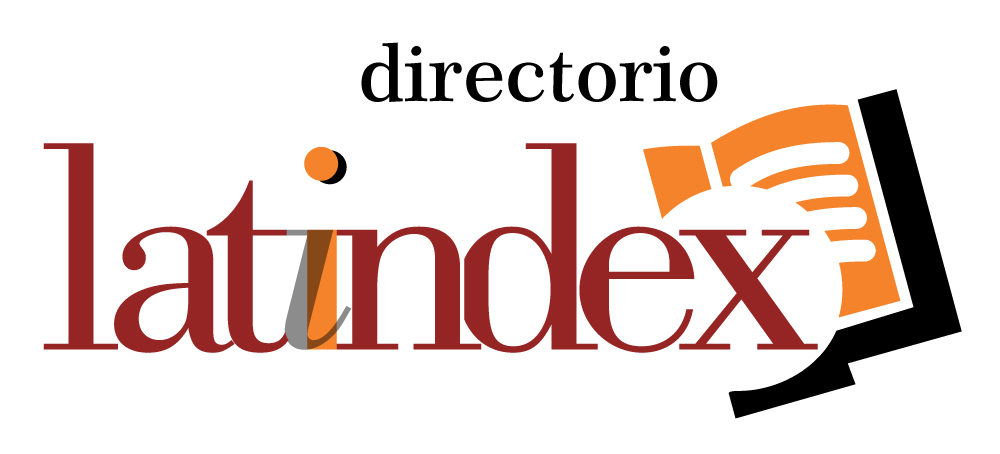
.png)
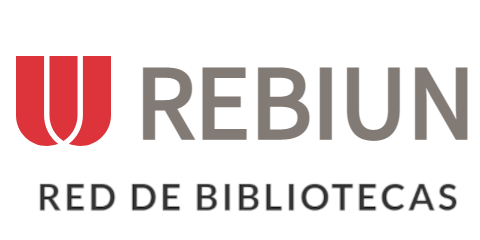







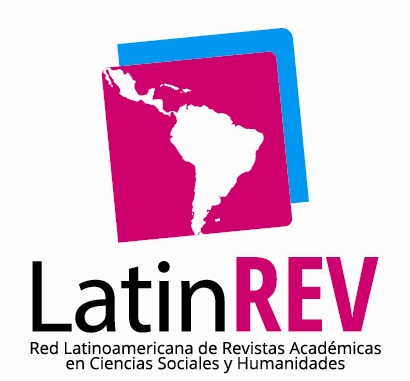

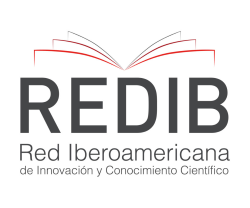


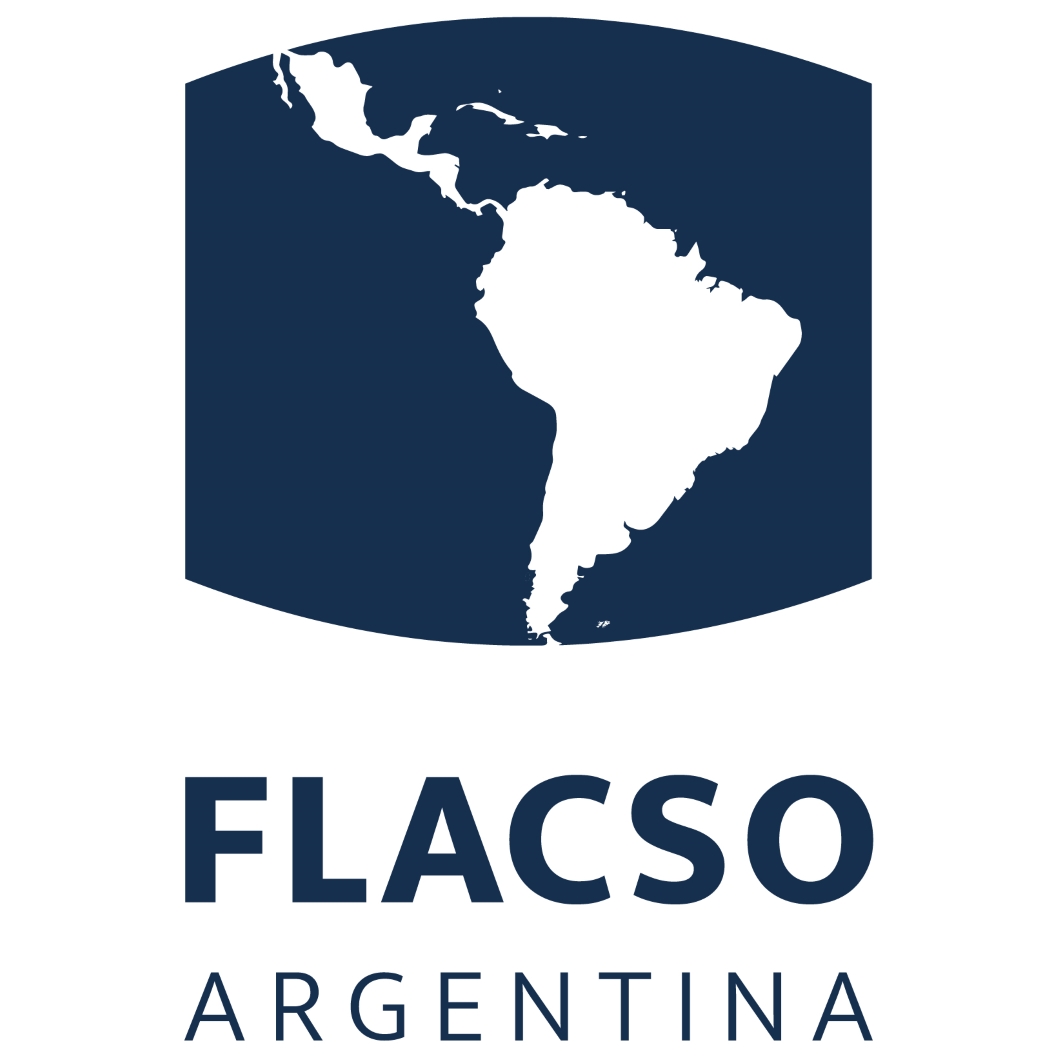






.png)
1.png)


